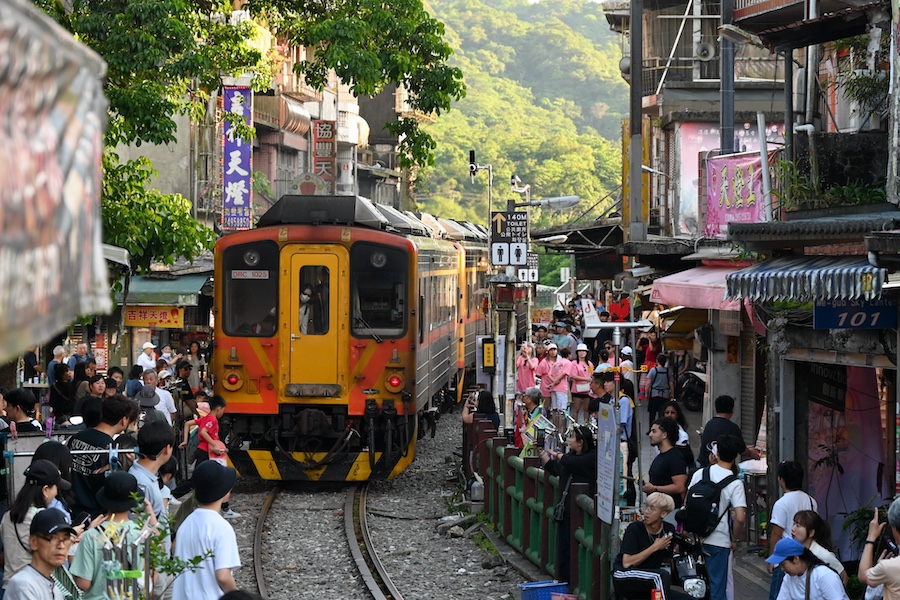
Taiwan Railways suspends Pingxi Line until January 30, 2026; bus replacement between Ruifang–Jingtong
JR Hokkaido has revealed significant corrosion on the damaged right rail of the downward line at the Washinoki road crossing, where a JR Freight train derailed between Mori and Ishikura stations on the Hakodate Line.
Although the Transportation Safety Committee did not specify the cause of the derailment, JR Hokkaido considers rail corrosion to be a highly likely factor.
Rails undergo an annual visual inspection for scratches and corrosion, in addition to a more detailed inspection using ultrasonic flaw detectors every 1 to 4 years, which also checks for scratches. This detailed inspection includes checking with a rail flaw detection car, and if any flaws are found, they are examined more closely with ultrasonic detectors. Crossings, where visual inspection is challenging, primarily rely on ultrasonic testing.
During an inspection at the crossing, an interruption in the ultrasonic echo display was detected by the ultrasonic flaw detector. Normally, a detailed inspection by removing the sleepers is preferred when such interruptions occur, but there was no such rule in place. This limited visual inspections to the railhead, preventing the detection of corrosion in the rail’s web. Although inspections had focused on internal flaws and bottom corrosion, it was not anticipated that corrosion in the web could lead to rail damage).
Following the accident, 7 crossings at 10 locations, which are freight lines near the sea, with rails over 30 years old, on curves, and due for re-inspection by the rail flaw detection car, were reinspected with ultrasonic flaw detectors by today, the 18th. Among these, 3 crossings at 5 locations had their sleepers removed for a visual inspection, confirming their safety. The scope of inspections will be expanded, with further checks to be conducted using ultrasonic flaw detectors.